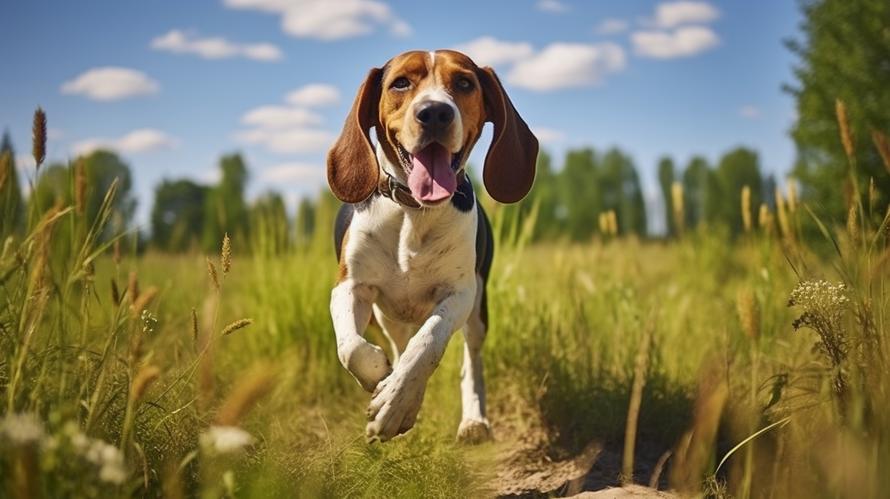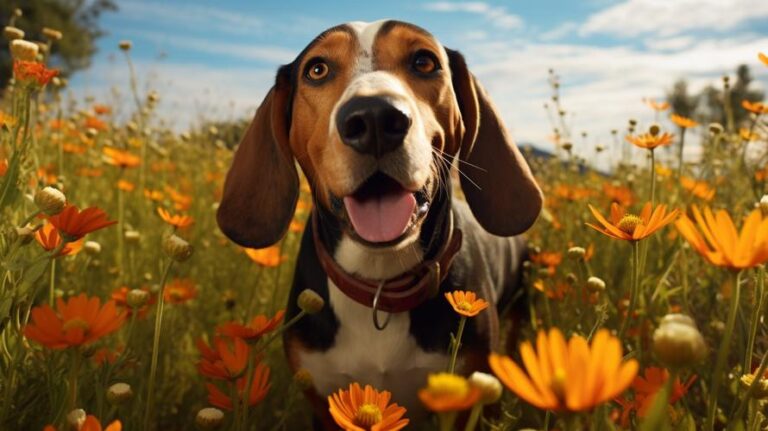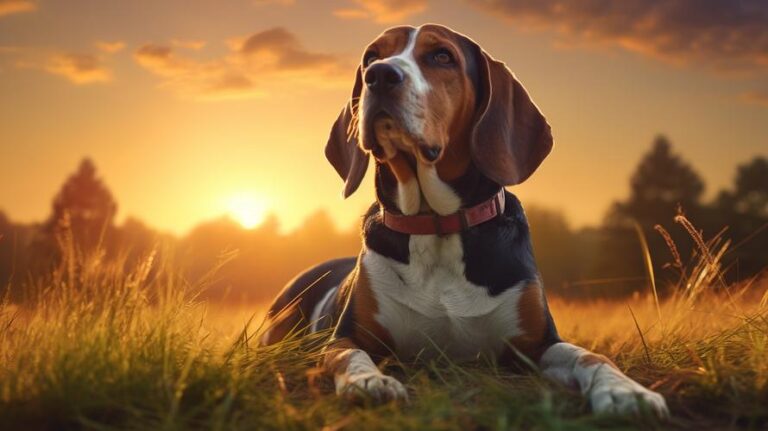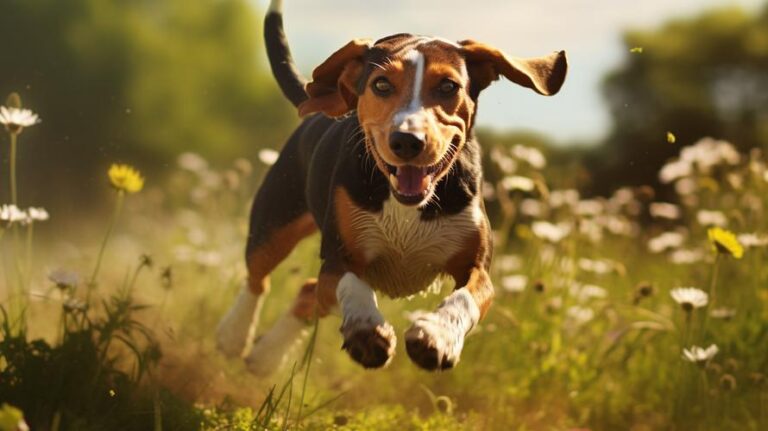Imagine a scenario where you’re in a park, enjoying a sunny afternoon walk. Suddenly, you hear a majestic, resonant bark, and before you know it, a smiling dog with striking white and black or white and tan markings is bounding towards you. This energetic bundle of fur is a Walker Coonhound, a breed that’s known for its sleek physique, sharp nose, and musical voice. Now, at this point, you might be wondering if you should pet the friendly creature or maintain a safe distance. Sounds familiar? This is a common dilemma faced by many: Is the Walker Coonhound a dangerous dog?
Before we dive into the depths of this breed’s nature, let’s step back a bit and learn about their history. Originating from the United States, the Walker Coonhound is a breed that was developed for their exceptional hunting abilities. Known to be a consummate hunting dog, they are valued for their speed, agility, and sharp sense of smell, second only to the Bloodhound. This breed was named after John W. Walker, a Kentucky breeder who played a significant role in their development. Despite their hunting roots, over the years, Walker Coonhounds have won people over with their amiable personalities and become cherished family pets.
Due to their hunting nature, Walker Coonhounds are often mistaken to be aggressive and dangerous. They are indeed energetic and active but portraying them as potentially hazardous is a hasty generalization that doesn’t do justice to their charismatic demeanor. With that said, it’s time to debunk stereotypes and truly understand if Walker Coonhounds are dangerous or simply misunderstood.
First of all, Walker Coonhounds are friendly and affectionate towards their human family. They develop strong bonds with their owners and strive to please them. Their love for humans means they would much rather cuddle on the couch than show any potential aggression.
Moreover, the breed is also known for its good temperament around children. Its friendly nature and tolerance, combined with energy levels that match those of kids, make Walker Coonhounds great family pets. However, like any dog breed, they should never be left unsupervised with small children. This isn’t due to any inherent danger in the breed, but rather it’s a standard precaution applicable to interactions between dogs and small children.
Remember, every dog, irrespective of the breed, inherits some of their behavior traits from their parents. Factors like early socialization, training, and the environment they grow up in significantly influence a dog’s temperament and behavior. Hence, if you’re planning to welcome a Walker Coonhound into your household, ensure that you meet their parents, ascertain their temperaments and then make the final decision.
The Walker Coonhound’s hunting instincts and strong scent drive could make smaller pets like rabbits or guinea pigs potential targets. Although the breed usually gets along well with other dogs, supervision might be necessary if the other pet is particularly small or timid. This is not to brand them dangerous, but only to affirm that they, like other hunting dogs, have innate instincts that may surface in certain situations.
Training plays a crucial role in shaping a Walker Coonhound’s behavior. Like any other dog breed, a Walker Coonhound that’s not properly trained can develop undesirable habits. But with proper training and socialization from a young age, they quickly learn to distinguish between an actual hunting scenario and real-life situations.
Regular exercise is key to keeping a Walker Coonhound’s energy levels in check. They were bred to hunt and need an appropriate outlet for their energy. If they’re regularly exercised and mentally stimulated, instances of destructive behavior are less likely to happen. Ignoring their need for physical stimulation might lead to problematic behavior, but that applies to any breed, not just Walker Coonhounds.
To summarize, Walker Coonhounds, like any other dog breed, aren’t inherently dangerous. They’re friendly, sociable, and can be great companions. However, their energy, hunting instincts, and need for mental stimulation require outlets. By dedicating time for regular exercise, consistent training, and socialization with both people and other animals from a young age, you can ensure your Walker Coonhound grows into a happy and well-behaved pet.
So next time you see a Walker Coonhound bound towards you in the park, don’t withhold your affection out of fear. Remember to approach responsibly and respectfully, following proper etiquette for meeting a new dog. Chances are high that the “hello” bark you heard was just their way of saying, “Will you be my friend?” So go ahead, make a new canine friend!



